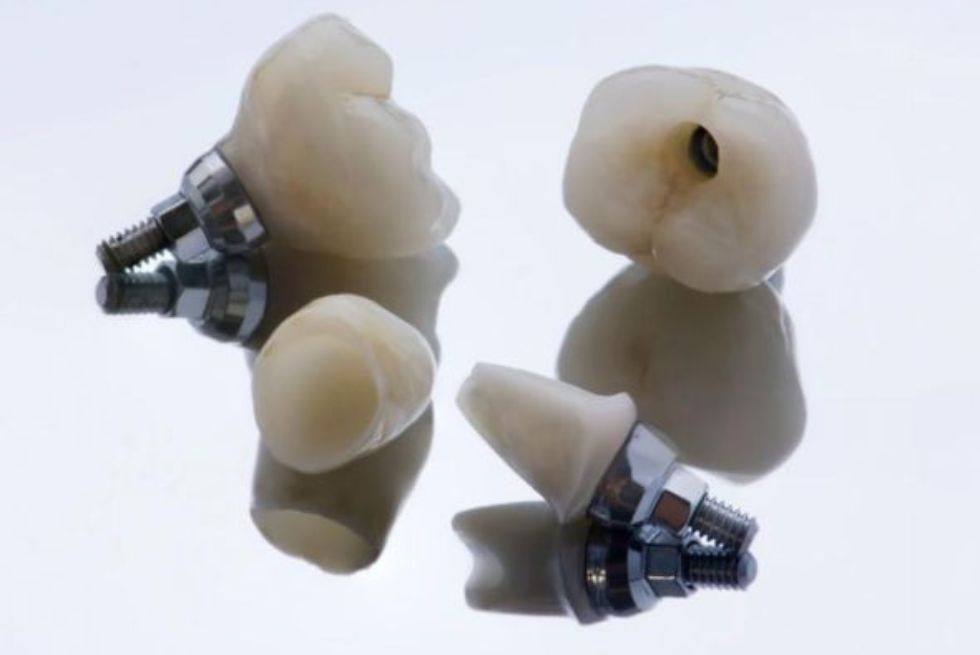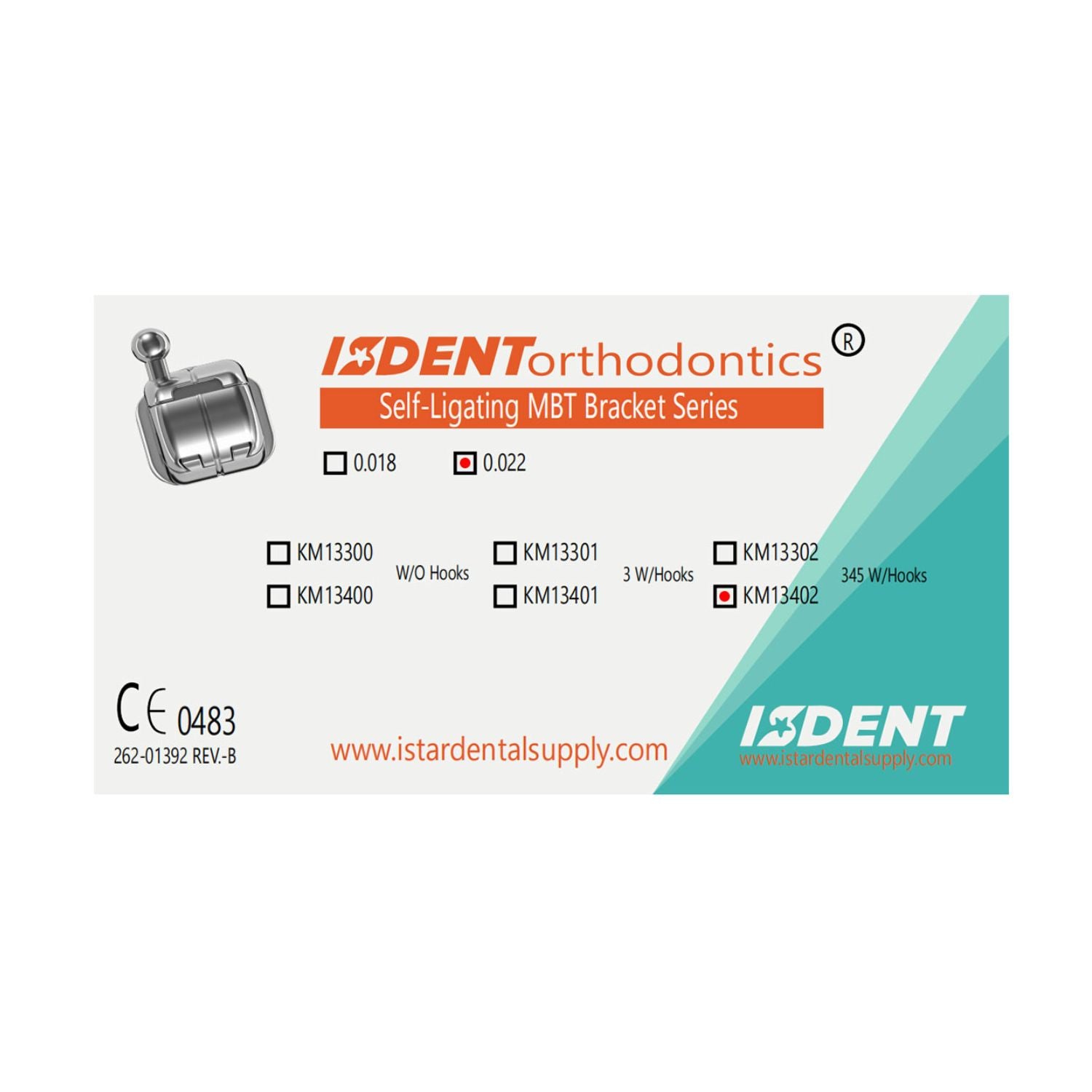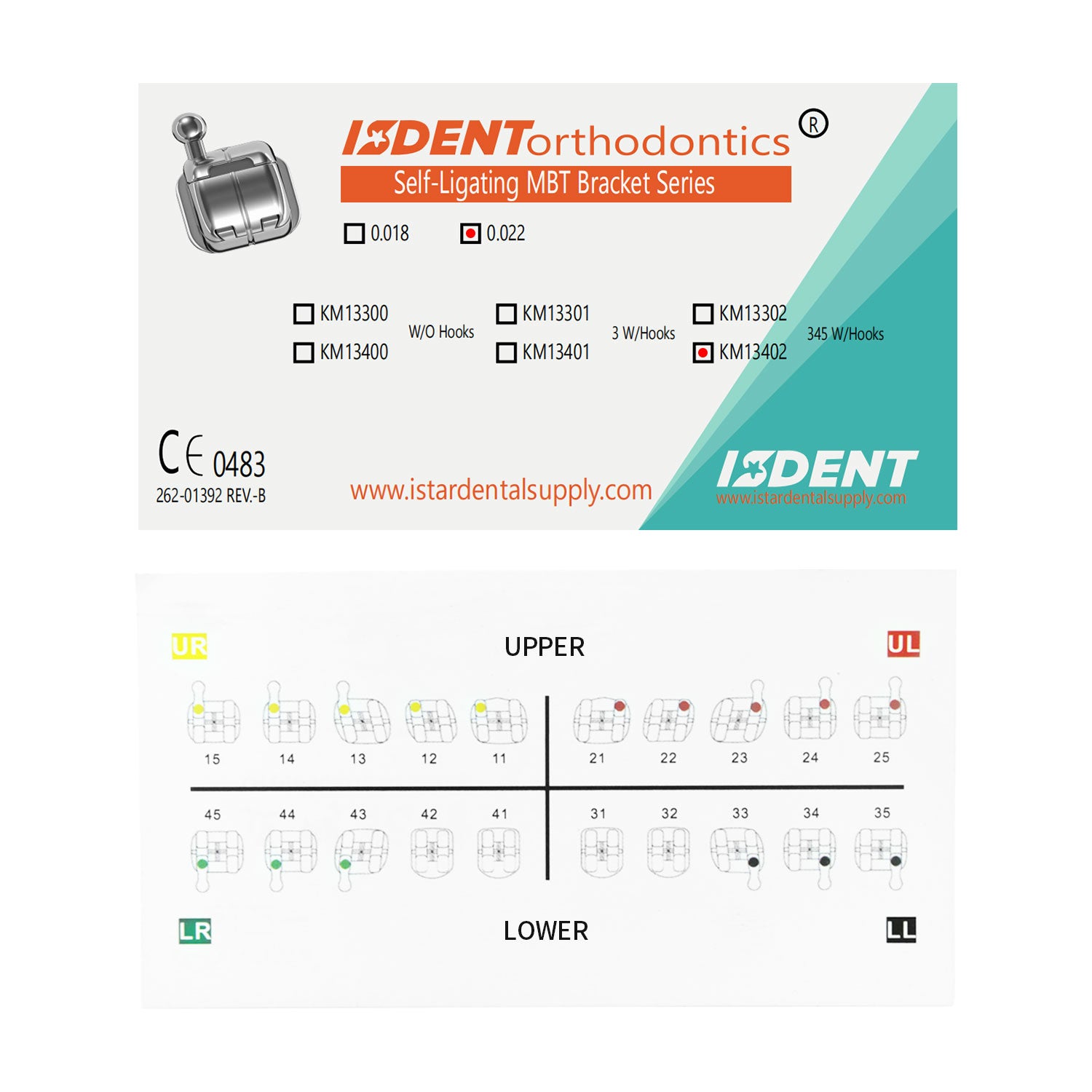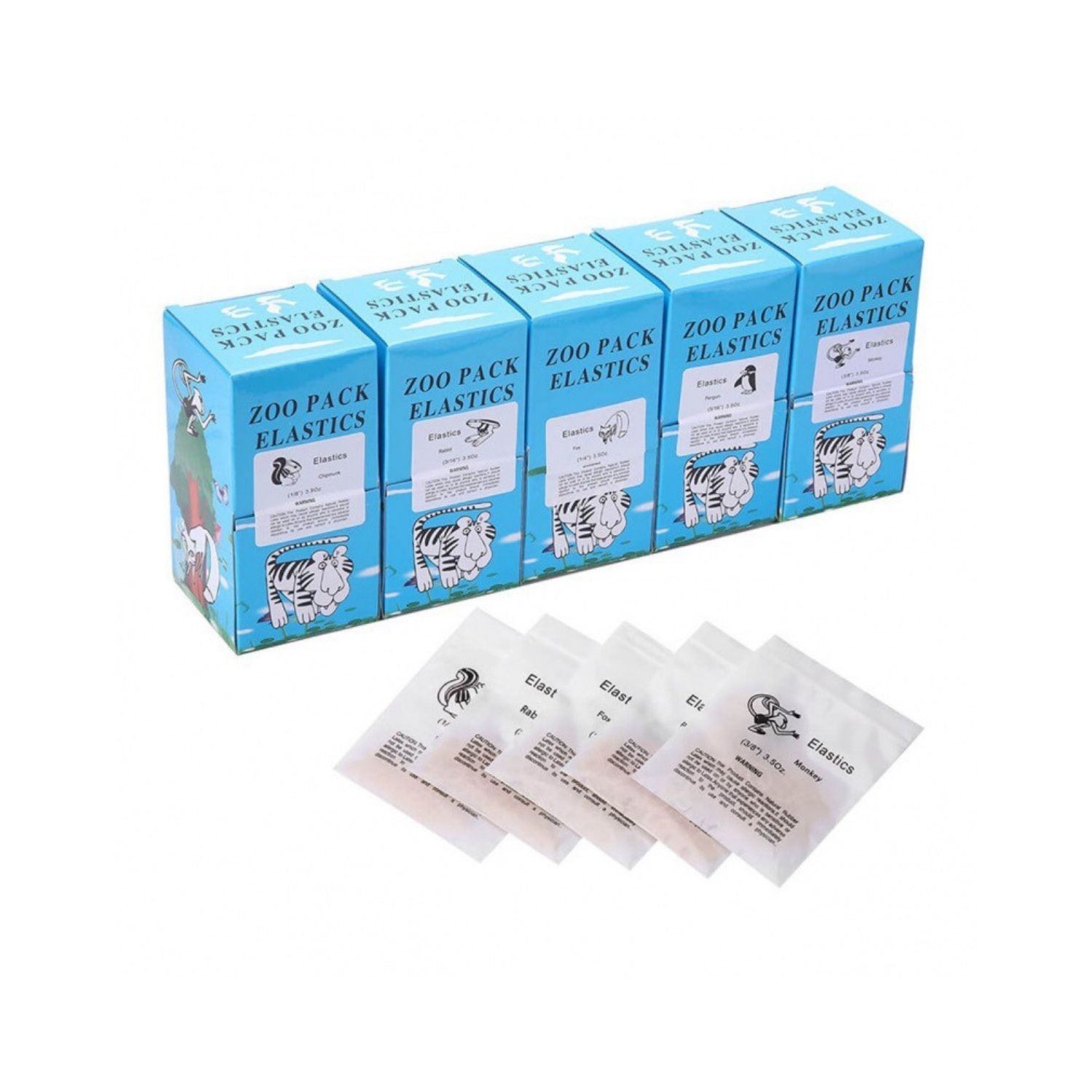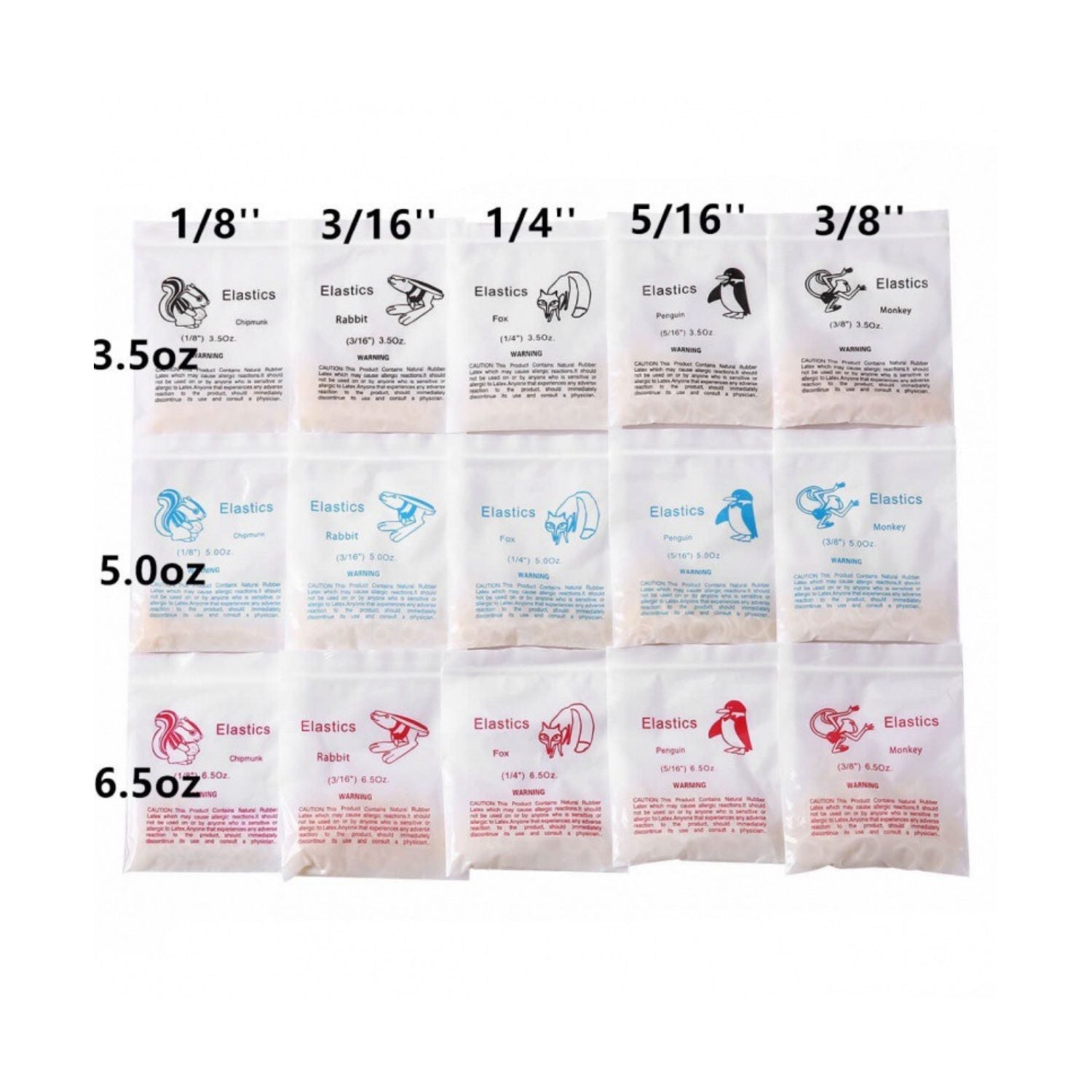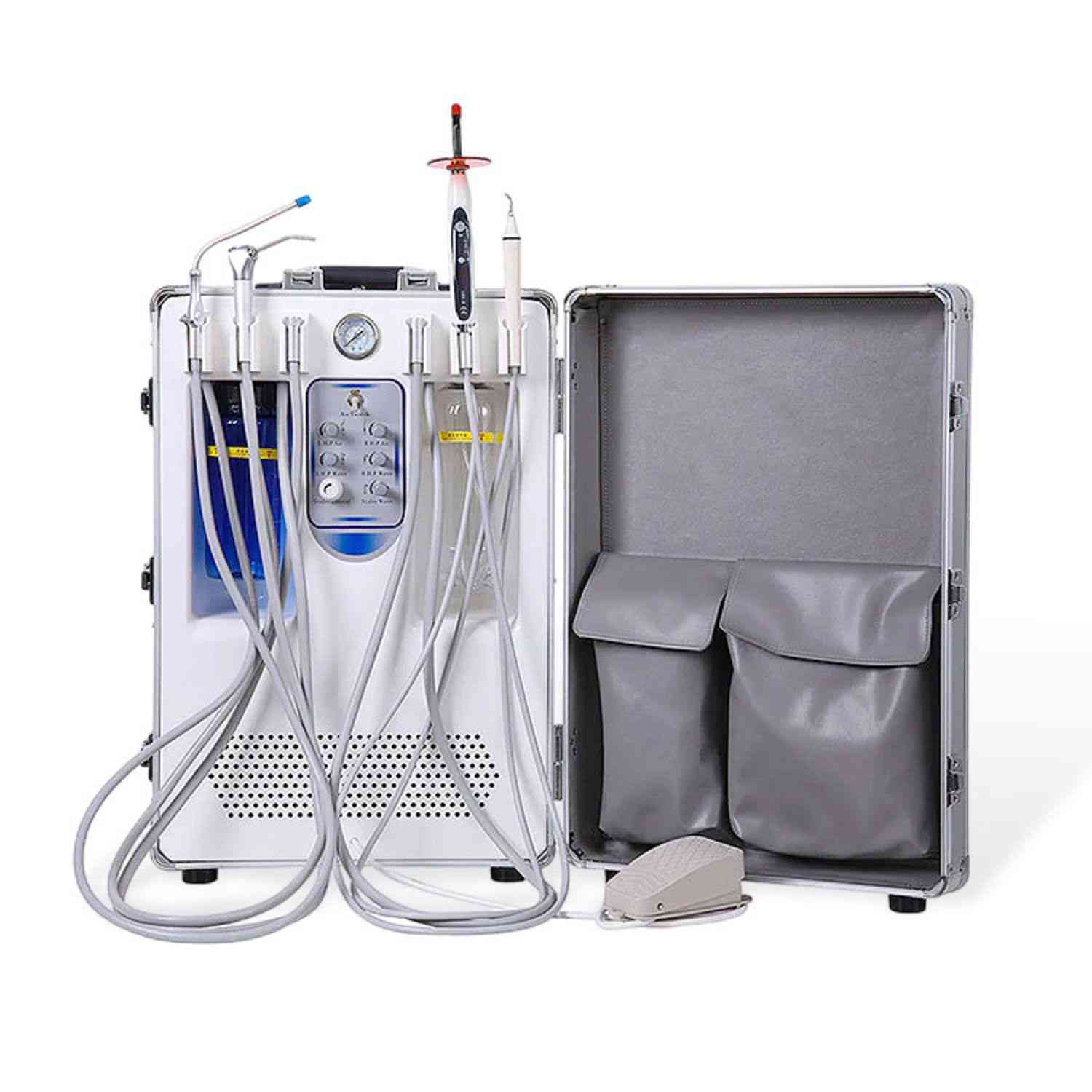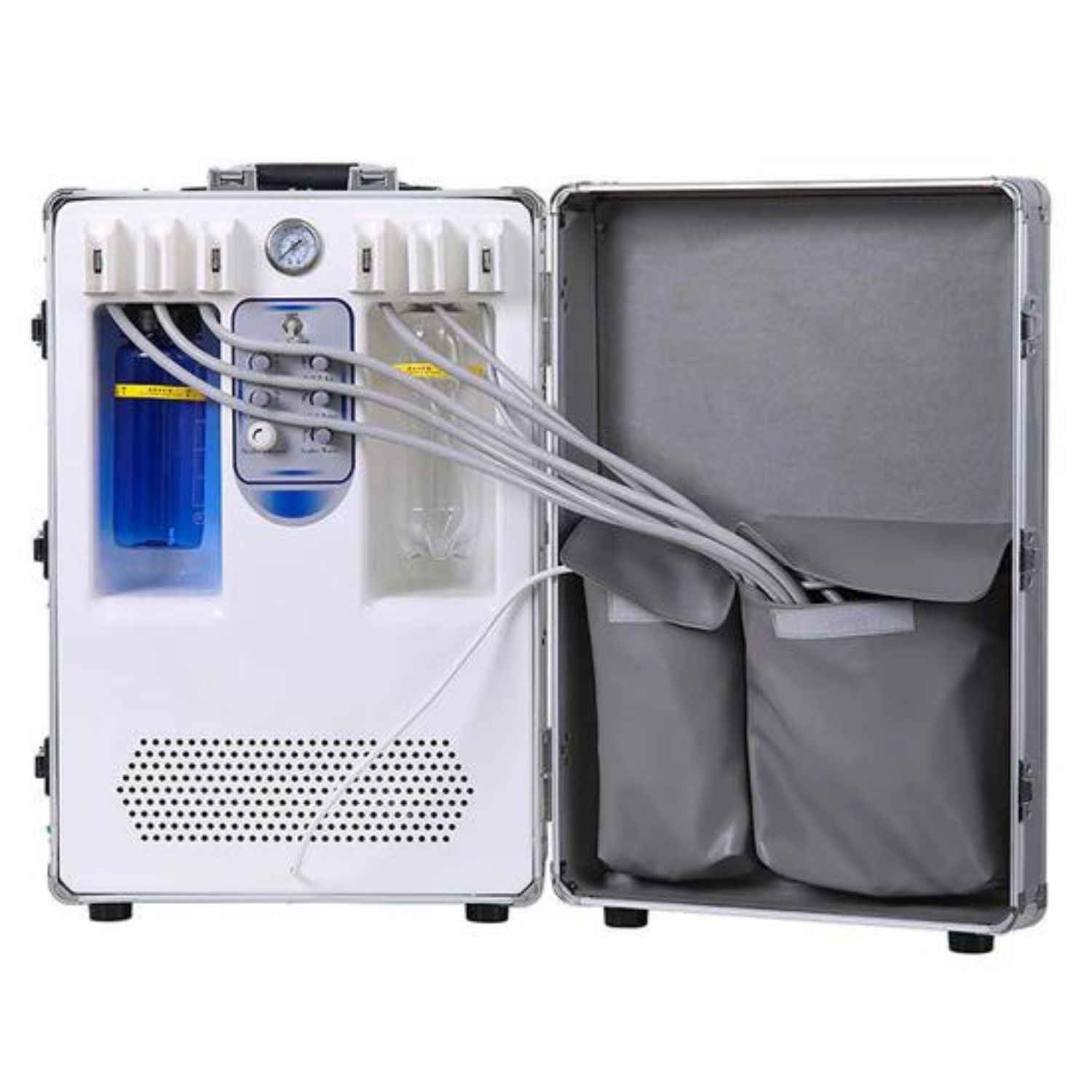Cement-Retained vs. Screw-Retained Implant Restorations: The Ultimate Guide
When it comes to dental implant restorations, one of the most crucial decisions is choosing between cement-retained and screw-retained crowns. This comprehensive guide explores both options to help dentists, dental clinics, labs, hospitals, and schools make informed choices for optimal patient outcomes.
What is an Implant Restoration?
An implant restoration involves replacing missing teeth by anchoring a crown onto a dental implant. The implant acts as an artificial tooth root, providing stability and support for the crown. Implant restorations have revolutionized implant dentistry, offering patients a durable and natural-looking solution.

Understanding Cement-Retained Implant Crowns
What Are They?
Cement-retained implant crowns are restorations where the crown is cemented onto an abutment that's connected to the implant. This method hides the screw access hole, providing better aesthetics.
Benefits
- Enhanced Aesthetics: No visible screw access hole.
- Flexibility in Positioning: Ideal when the implant's angulation isn't optimal.
- Simplified Procedure: Often quicker to place compared to screw-retained options.
Considerations
- Risk of Excess Cement: Improper cementation can leave excess cement around the implant.
- Peri-Implantitis Risk: Residual cement may lead to inflammation or even implant failure.

Exploring Screw-Retained Implant Crowns
What Are They?
In screw-retained implant crowns, the crown is directly attached to the implant using a screw. This method allows for easy removal and maintenance.
Benefits
- Retrievability: Simplifies repair or replacement.
- No Cement Residue: Eliminates the risk of excess cement.
- Healthy Soft Tissue: Reduced risk of inflammation around the implant.
Considerations
- Aesthetics: Visible screw access hole may affect appearance.
- Positioning Limitations: Requires optimal implant placement for the screw channel.
Cement-Retained vs. Screw-Retained: Key Differences
| Aspect | Cement-Retained | Screw-Retained |
|---|---|---|
| Aesthetics | No visible screw access | Visible screw access hole |
| Retrievability | Limited without damage | Easily retrievable |
| Risk of Excess Cement | Higher risk | No cement used |
| Implant Positioning | More forgiving of angulation | Requires precise implant placement |
Advantages of Cement-Retained Implant Restorations
- Superior Aesthetics: The absence of a screw access enhances the crown's natural look.
- Better Occlusal Form: No need to alter the crown's anatomy to accommodate a screw.
- Flexibility: Suitable when implants are placed at non-ideal angles.
Advantages of Screw-Retained Implant Restorations
- Easy Maintenance: Crowns can be removed without damaging the restoration.
- No Risk of Cement-Related Complications: Eliminates issues associated with excess cement.
- Predictable Outcomes: Direct connection reduces the chances of prosthetic failure.
Common Challenges with Excess Cement
Why Is Excess Cement a Problem?
Excess cement can become trapped around the implant-abutment interface, leading to:
- Peri-Implantitis: Inflammation of the soft tissues.
- Bone Loss: Due to chronic infection.
- Implant Failure: In severe cases, the implant may need to be removed.
How to Mitigate the Risk
- Proper Cementation Techniques: Use minimal cement and apply it correctly.
- Thorough Cleaning: Remove any residual cement after placement.
- Regular Monitoring: Follow-up appointments to check for signs of inflammation.
How to Decide Between the Two Options
Considerations for Dentists
- Patient's Aesthetic Demands: High aesthetic zones may benefit from cement-retained crowns.
- Implant Position: Misaligned implants may necessitate cement-retained solutions.
- Maintenance Expectations: Screw-retained crowns are preferable if retrievability is a priority.
Case Study: Single Implant Crown
A single implant crown in the molar region:
- Screw-Retained: Preferred due to ease of access and lower aesthetic concerns.
- Cement-Retained: May be used if implant angulation doesn't allow for screw retention.
Role of Custom Abutments in Implant Systems
Custom abutments are tailored to the patient's anatomy, improving the fit and function of the implant crown.
Benefits
- Optimal Emergence Profile: Enhances soft tissue health.
- Improved Aesthetics: Seamless integration with surrounding teeth.
- Flexible Solutions: Allows for both cement-retained and screw-retained restorations.
Angulated Screw Channel Solutions
These innovative systems enable the screw access hole to be positioned differently, combining the benefits of screw-retained restorations with improved aesthetics.

Frequently Asked Questions
What is the main difference between cement-retained and screw-retained implant crowns?
Cement-retained crowns are bonded to an abutment using dental cement, hiding the screw access for better aesthetics. Screw-retained crowns are attached directly to the implant with a screw, allowing for easy removal but may have a visible screw access hole.
Can excess cement cause implant failure?
Yes, excess cement can lead to peri-implantitis, which may result in implant failure if not addressed promptly.
Are screw-retained restorations always preferable?
Not necessarily. The choice depends on various factors like implant positioning, aesthetic requirements, and maintenance preferences.
How do custom abutments enhance implant restorations?
Custom abutments provide a tailored fit, improving both the function and appearance of the implant restoration, and can accommodate both cement and screw retention methods.
Conclusion
Choosing between cement-retained and screw-retained implant restorations is a critical decision that impacts the longevity and success of the implant. By understanding the advantages and challenges of each, dental professionals can make informed choices that best suit their patients' needs.
Key Takeaways
- Cement-Retained Restorations offer superior aesthetics but come with risks of excess cement.
- Screw-Retained Restorations provide easy maintenance with no cement-related complications.
- Custom Abutments and angulated screw channel solutions can optimize outcomes in challenging cases.
- Regular Monitoring is essential to identify and address any issues promptly.
At ISTAR Dental Supply, we specialize in innovative implant solutions and top-quality products to support your practice. Explore our range of Dental Equipment, including the latest in Dental Handpieces and Implant Motors.
For more information or to discuss your specific needs, contact us today. Our team is dedicated to helping you achieve excellence in implant dentistry.

